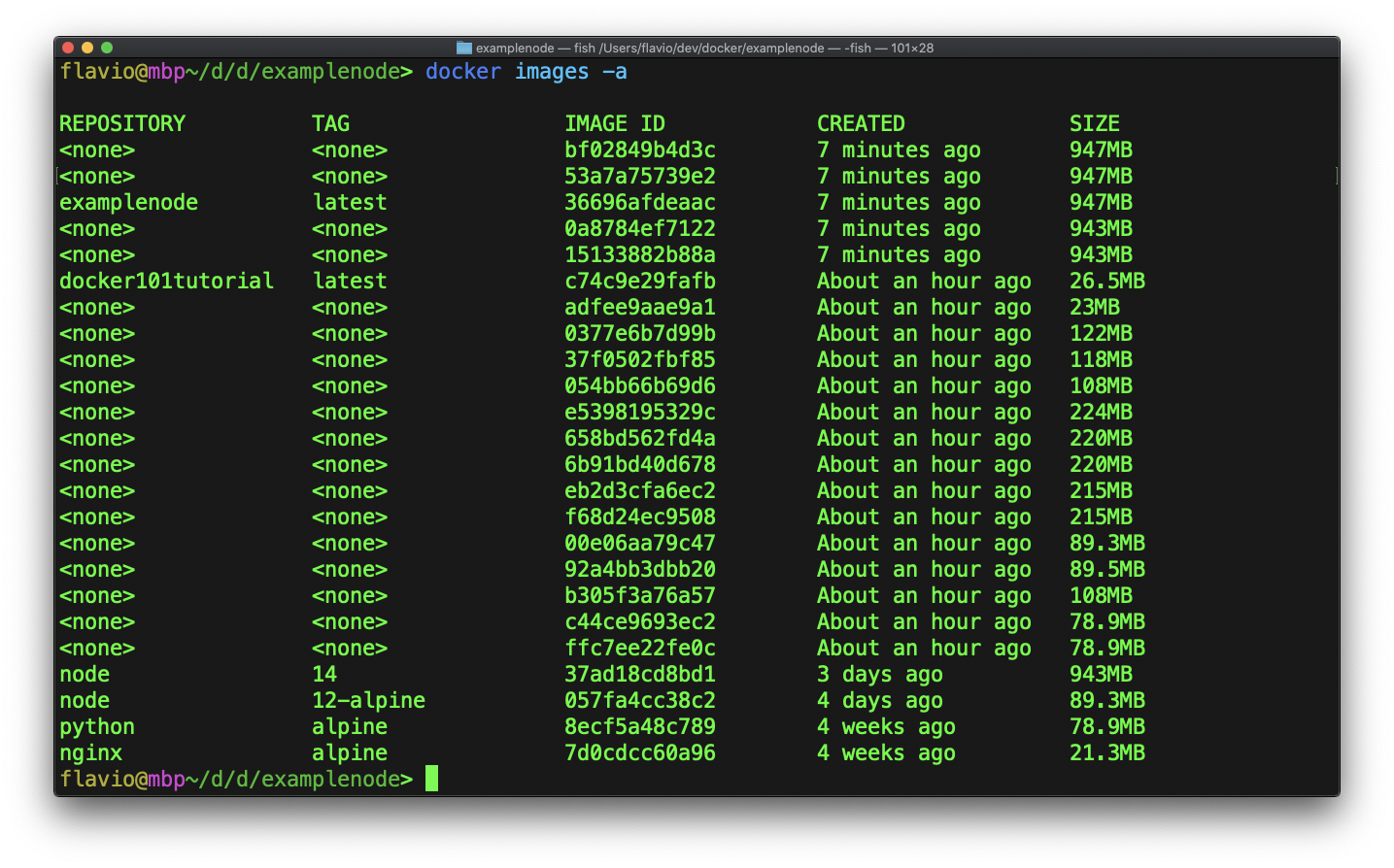Working with Docker Images from the command line
You can list all the images you have downloaded or installed using the
docker images -a
command:

You can remove an image with docker rmi command, passing the name of the image you want to remove. This will remove the image.

Sometimes when testing and developing, some images become dangling, which means untagged images. They can always be safely removed to free disk space.
Running docker images -f dangling=true will list them:

And you can clear them with docker rmi $(docker images -f dangling=true -q). This command will only eliminate dangling images used in containers, even if not currently running.
docker system prune -a, which is also a commonly used way to remove images, will also remove images not referenced by any container, which might remove images you might want to keep, even just to rollback to previous versions of an image.
You can also remove all images using docker rmi $(docker images -a -q) if you want to clean everything, which might be nice during your first tests and experiments with Docker.
→ I wrote 17 books to help you become a better developer:
- C Handbook
- Command Line Handbook
- CSS Handbook
- Express Handbook
- Git Cheat Sheet
- Go Handbook
- HTML Handbook
- JS Handbook
- Laravel Handbook
- Next.js Handbook
- Node.js Handbook
- PHP Handbook
- Python Handbook
- React Handbook
- SQL Handbook
- Svelte Handbook
- Swift Handbook
Also, JOIN MY CODING BOOTCAMP, an amazing cohort course that will be a huge step up in your coding career - covering React, Next.js - next edition February 2025